Girls on the Run Twin Cities
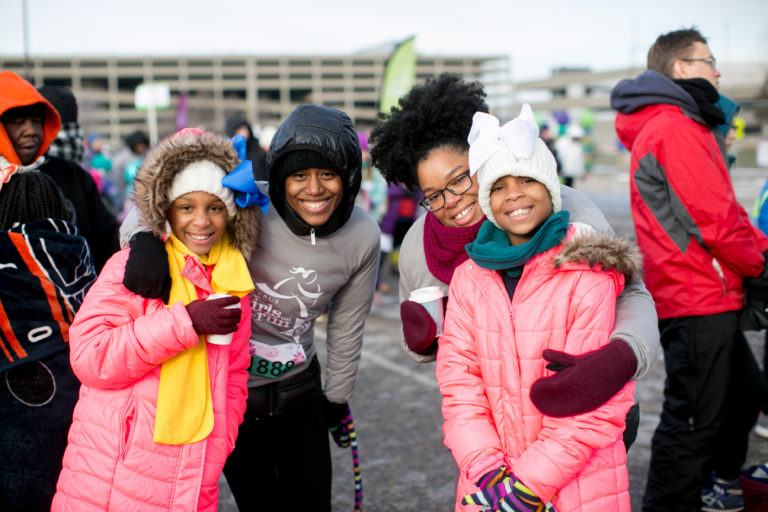
Mary Uran didn’t start running until after college, but it wasn’t long before she was training for her first half marathon. “Running was a great way to relieve stress, set long-term goals, and connect with people,” she recalls. She found a local chapter of Girls on the Run, a national nonprofit that inspires girls to be joyful, healthy, and confident through running while she was living in Washington D.C., and it seemed like the perfect volunteer opportunity for her newfound appreciation for running. “I came to Girls on the Run for the running but stayed once I saw the impact it had on the girls.”
“A lot of time you feel lonely in the work you do as an executive director. This leadership cohort gave me financial skills, helped me build my confidence at a strategic level, and also gave me these relationships.”
Mary Uran, Executive Director, Girls on the Run Twin Cities
In just 10 weeks, over the course of 20 sessions, she was sold on the Girls on the Run model. She saw the girls who participated increase their self-worth and confidence, build healthy friendships, and use the skills they gained to implement community service projects.
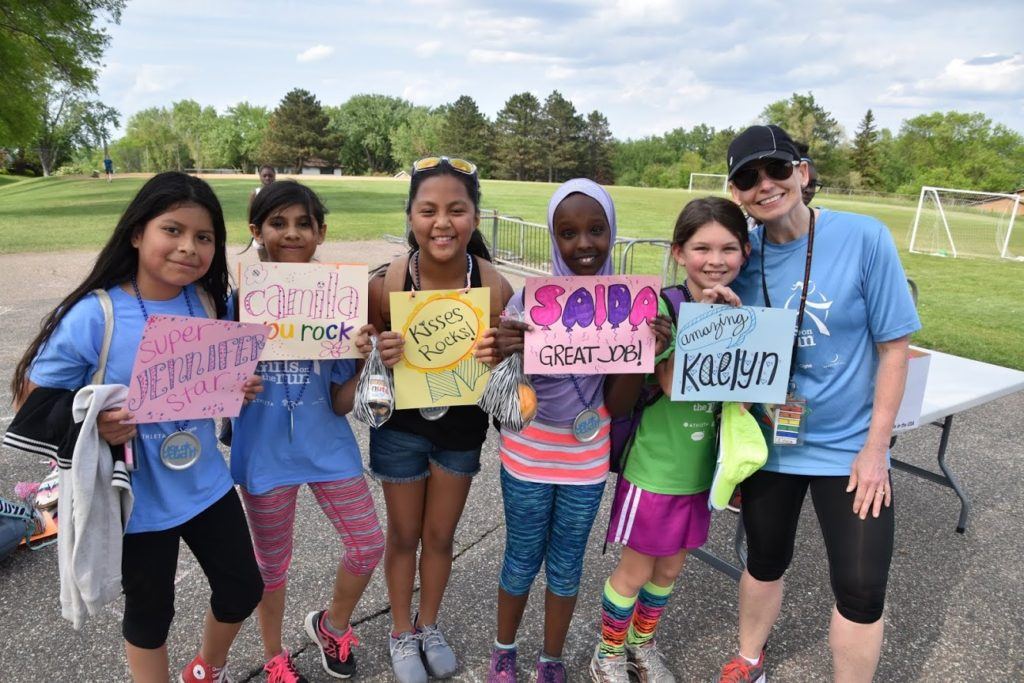
When she moved to the Twins Cities to pursue her master’s degree in public health, she realized it was one of the last big metros without a Girls on the Run chapter. So, she started one with co-founder Kori Carlson. Since launching Girls on the Run Twin Cities as a nonprofit in 2011, it’s grown from 24 girls, 6 coaches, and 2 sites to more than 3,400 girls running with nearly 900 trained coaches across 200 sites (now including the Twin Cities, Rochester, and Northfield). “Really, this is nothing I’ve done, it’s that people in the community feel strongly about the mission of Girls on the Run and they carry the torch to their own community,” said Mary.
From Running Role Model to Financial Leader
Given the exponential growth of Girls on the Run and the fact that her degree was in public health not finance, Mary put her name on the waiting list for Propel’s Financial Leadership Cohort. “For me, anything finance-related was the one thing that always made me nervous about being an executive director,” Mary admitted. “I felt like I’d fallen into the role of finance director, and I wanted more strategic skills to take us from operating like a start-up to operating like the bigger organization we now are.”
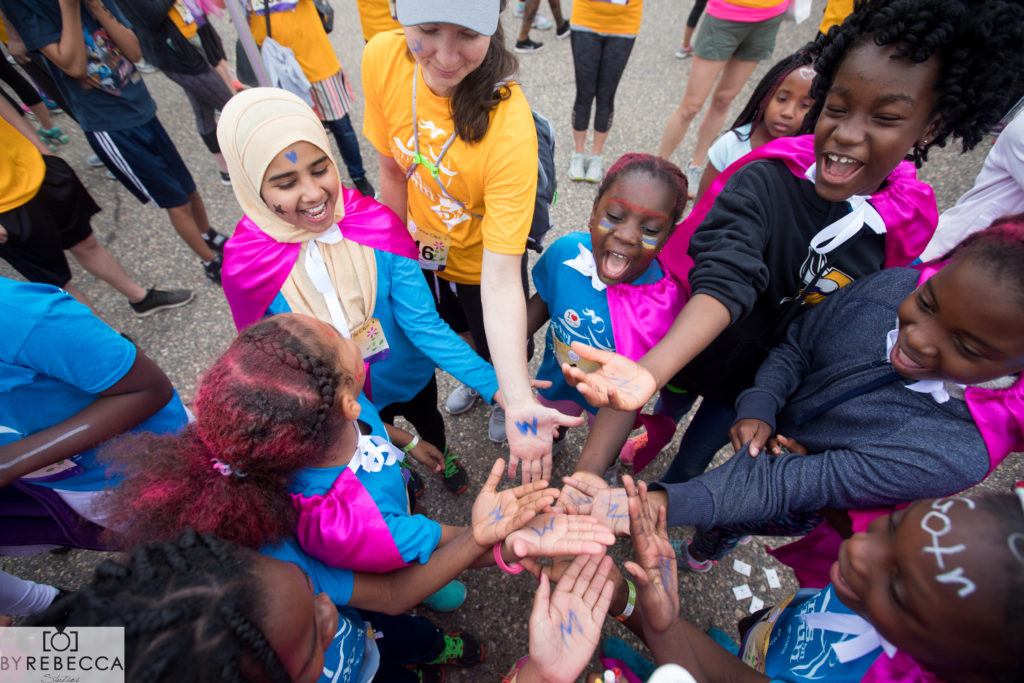
Through the six-month cohort, Mary had several “a-ha!” moments and has already implemented several things she learned. “We made the switch to core mission support from overhead right away. The same thing with the Mission Money Matrix, which we use as a strategy screen to determine if we should do something – is it high on our mission, is it going to bring in revenue, and if not, what are the other benefits?”
Mary also thinks differently about how financial information is reported, both to the board as well as externally to donors and volunteers. “We have a duty to talk about financials openly and transparently,” she said. “The cohort gave me language and templates to use to communicate openly and simply about our own finances.”
Reducing Leadership Loneliness
Another enticing aspect of the cohort for Mary was the chance to learn from peers. “A lot of time you feel lonely in the work you do as an executive director,” said Mary. “This leadership cohort gave me financial skills, helped me build my confidence at a strategic level, and also gave me these relationships.”
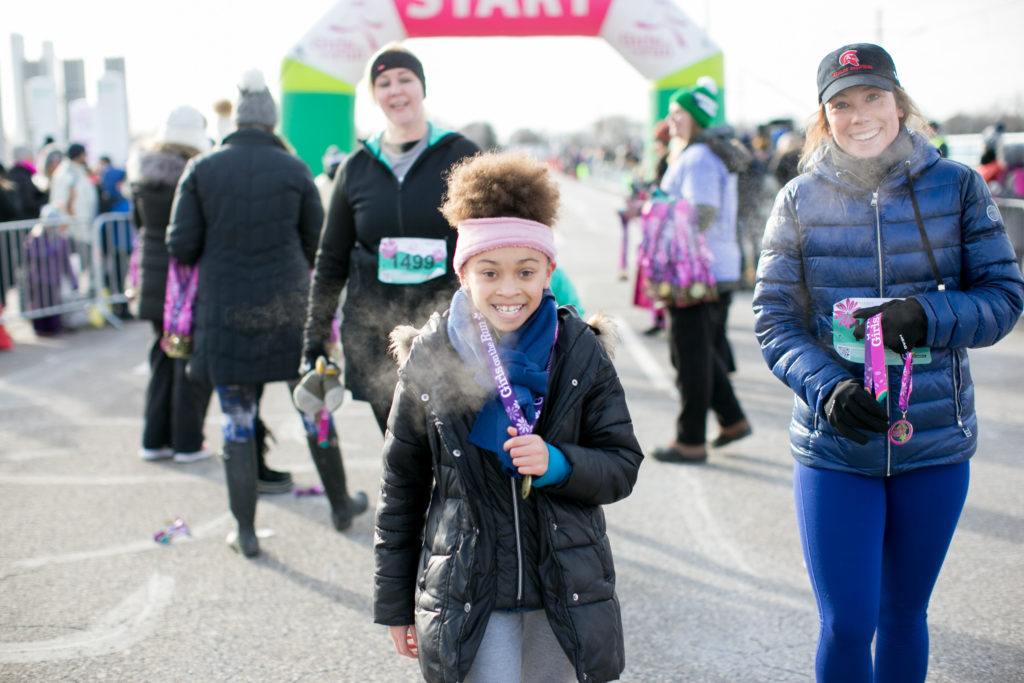
Sharing financial leadership across an organization also helps reduce the sense of isolation. Cohort members brought in a board member for a session, as well as another staff member. “It was a good chance to involve others in the process, to ask questions together, to think through things, and to have time set aside,” said Mary. Having others involved in the conversation, as well as having the time to think about the finances more strategically and proactively led to a shifting of roles and responsibilities at Girls on the Run. “The cohort allowed me to take certain things off my plate and to expand my financial leadership in other ways that added to it,” said Mary.
Crossing the Finish Line
The end of the financial leadership cohort has a lot in common with crossing the finish line at a Girls on the Run 5K. Everyone has new friends, a new set of technical and adaptive skills, and a new feeling of possibility. “I remember watching one girl crossing the finish line with her dad, who was also her running buddy, and yelling ‘I did it! I’m a doer!” said Mary. “Girls can lead and be active whether in sports, communities, classrooms. They’re not bystanders. They have power and agency.” Power and agency are the end goals of the financial leadership cohort, too. Mary’s advice to others considering the cohort is in-line with that of a trained coach: “If you do the pre-work and fully engage, you will walk away with not only tools, but resources for the rest of your journey.”
There are many ways to support the work of Girls on the Run-Twin Cities. They’re looking to fill 400 coaching roles by early February. You can also sign up to volunteer for the June 1 5K race, attend the Limitless Potential Luncheon on May 7, make a donation, help behind the scenes on a committee, and much more. Visit their website: https://www.gotrtwincities.org/.
To get more information Propel’s Financial Leadership Cohort and apply by February 15, visit our website: https://propelnonprofits.org/trainings/cohort-learning/financial-leadership-cohorts/.
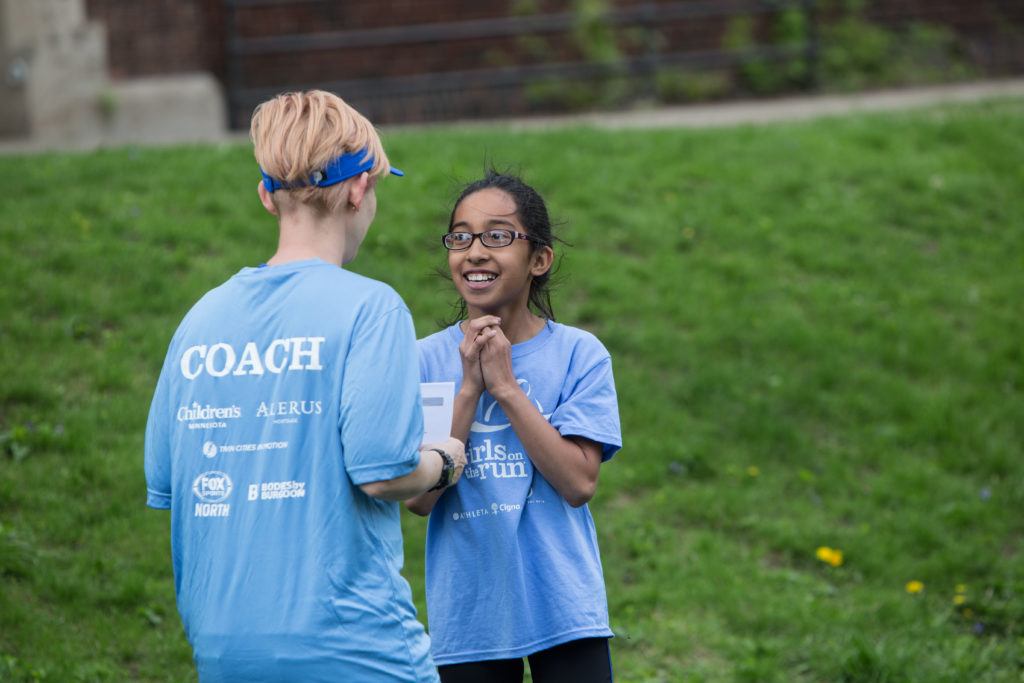
Top photo: Girls with their running buddies post-5K. Photo: Krista Reynolds
